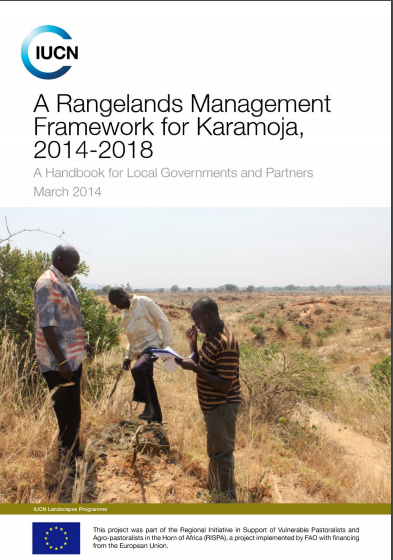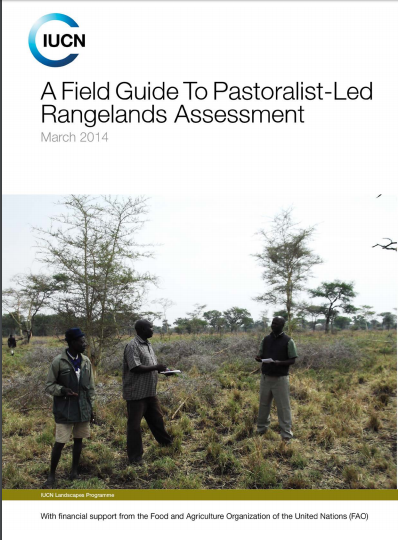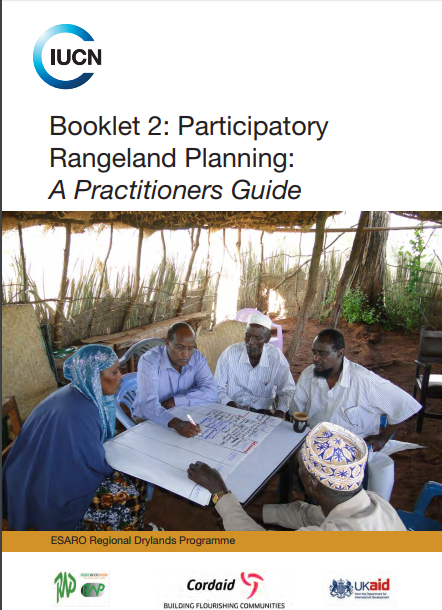Location
IUCN is a membership Union uniquely composed of both government and civil society organisations. It provides public, private and non-governmental organisations with the knowledge and tools that enable human progress, economic development and nature conservation to take place together.
Created in 1948, IUCN is now the world’s largest and most diverse environmental network, harnessing the knowledge, resources and reach of more than 1,300 Member organisations and some 16,000 experts. It is a leading provider of conservation data, assessments and analysis. Its broad membership enables IUCN to fill the role of incubator and trusted repository of best practices, tools and international standards.
IUCN provides a neutral space in which diverse stakeholders including governments, NGOs, scientists, businesses, local communities, indigenous peoples organisations and others can work together to forge and implement solutions to environmental challenges and achieve sustainable development.
Working with many partners and supporters, IUCN implements a large and diverse portfolio of conservation projects worldwide. Combining the latest science with the traditional knowledge of local communities, these projects work to reverse habitat loss, restore ecosystems and improve people’s well-being.
Resources
Displaying 71 - 75 of 142A Rangeland Management Framework for Karamoja, 2014-2018
This rangelands management framework is a product of a rapid pastoralist-led rangeland health assessment that was conducted in three sampled districts of Karamoja; Moroto, Napak and Kotido.
A Field Guide to Pastoralist-led Rangelands Assessment
Community-Led Rangelands Assessment promotes the use of traditional or indigenous knowledge of pastoralists, as the dominant group utilizing rangelands, to guide planning and management of rangelands resources to support and build resilient pastoral livelihoods. Use of traditional knowledge is considered cheaper, easier to use and replicable. It promotes the respect of local communities’ culture and its integration into scientific methods.
Development of an emphyteutic ('long-term') lease for fair compensation in the context of the Kandadji dam programme in Niger
The Kandadji dam, currently under construction in Niger, will displace 38,000 people. The High Commission for the Development of the Niger Valley (HCAVN), in accordance with national law, is committed to compensating people for the traditionally-owned land that they will lose.
Élaboration d'un bail emphytéotique et d'un cahier des charges pour la juste compensation dans le cadre du barrage Kandadji au Niger
Le barrage de Kandadji, actuellement en construction au Niger, déplacera 38 000 personnes. Le Haut Commissariat à l’Aménagement de la Vallée du Niger (HCAVN) s’est engagé, conformément aux dispositions juridiques en la matière, à compenser les terres traditionnelles perdues par des terres irriguées, dans le cadre du Programme Kandadji.
Booklet 2: Participatory Rangeland Planning: A Practitioners Guide
Garba Tula district in Isiolo County of Northern Kenya, is a region covering approximately 10,000km and home to around 40,000 predominantly Boran Pastoralists. The region is characterised by arid and semi-arid conditions and is rich in biodiversity and wildlife resources. Despite being surrounded by protected areas such as Meru National Park and Bisan Adi Game Reserve the full potential for conservation is not being met, and instead communities are often threatened and restricted by wildlife populations.







